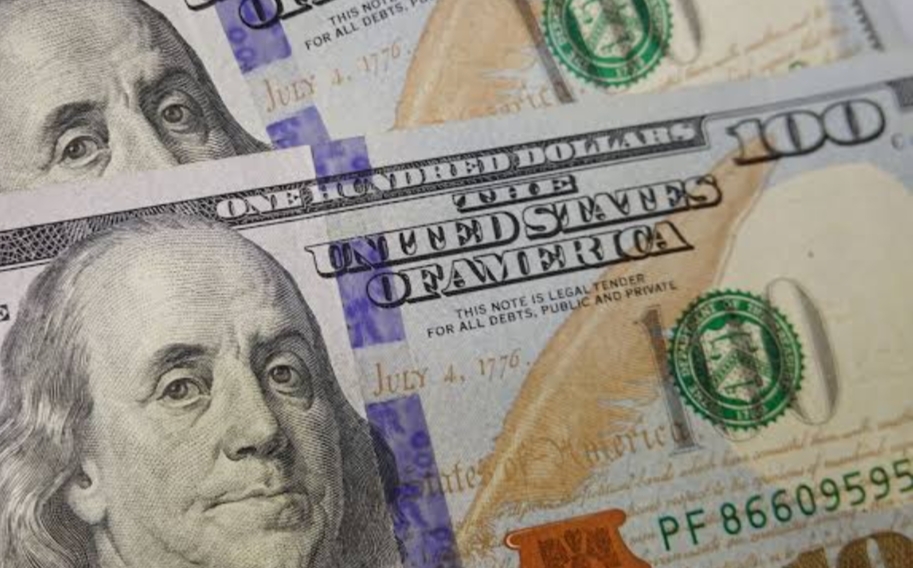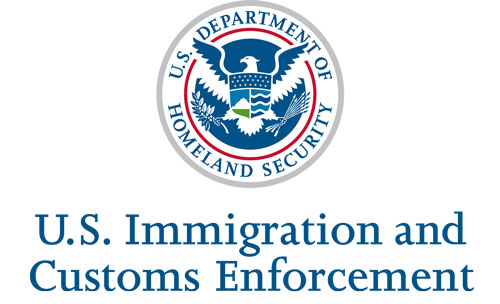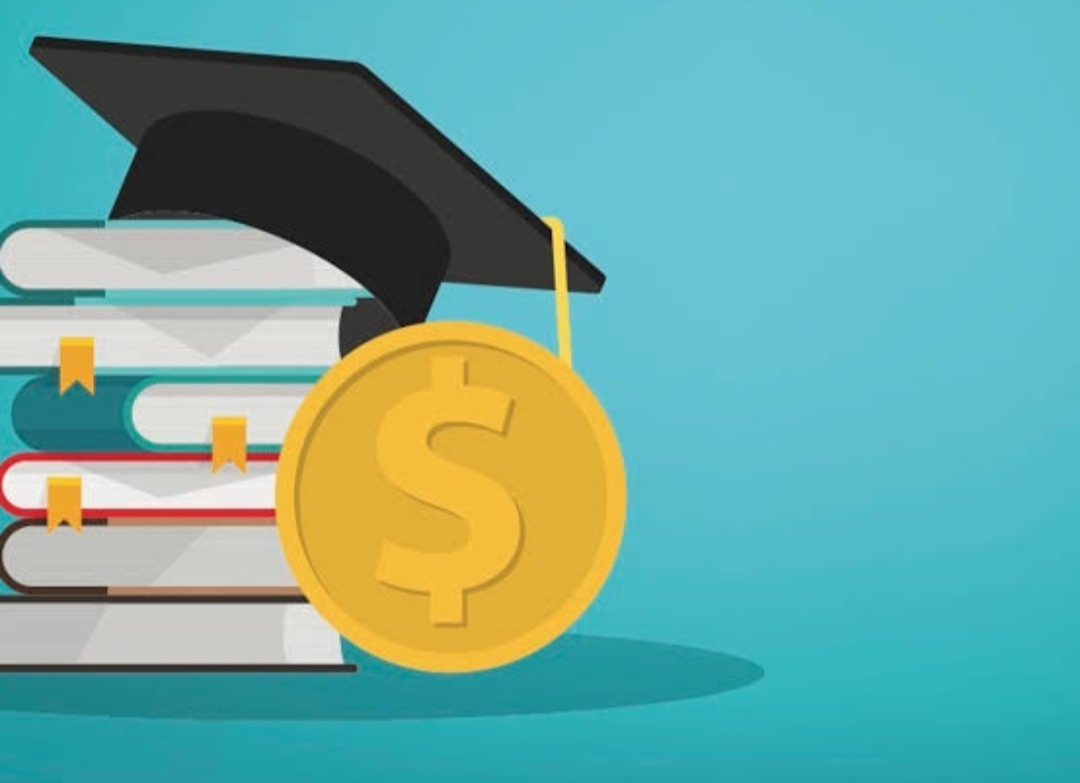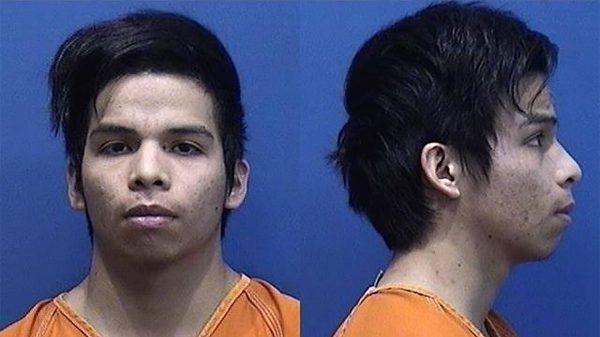According to the American Bankruptcy Law Journal, almost four out of ten Americans who file for bankruptcy are successful in having their student loans discharged; just 0.1 percent of cases take this course. Although it’s not a guarantee, successfully discharging student loans through bankruptcy may result in either full or partial debt relief.

Student Loans; Source- CNN
Repercussions Of Declaring Bankruptcy
The process of declaring bankruptcy for student loans requires demonstrating an inability to repay without facing dire repercussions. The Brunner Test or the “totality of circumstances” criteria is used by courts to determine eligibility; however, bankruptcy courts have different interpretations of this standard. Important actions include being aware of your circumstances, thinking about getting legal counsel, starting an adversary procedure, choosing between Chapter 7 and Chapter 13 bankruptcy, and waiting for a decision. Success could result in debt restructuring or a full or partial discharge, but bankruptcy hurts credit for a long time.
The last option for repaying student loans should be bankruptcy. Federal repayment programs, postponement, forbearance, and forgiveness possibilities are examples of alternative solutions. Borrowers of private loans have the option to talk to lenders and look into hardship programs. It is essential to seek aid through Public Service Loan Forgiveness or income-driven repayment arrangements before entering the complicated realm of student loan bankruptcy. While declaring bankruptcy on student loans is an option, careful consideration of the various repayment options and associated risks is crucial.
Terrain Of Student Loan
The complex terrain of student loan debt necessitates careful decision-making to find financial relief. Loans obtained for undergraduate study have a 20-year repayment term under the Revised Pay As You Earn (REPAYE) plan, with forgiveness available after that time. The repayment period for loans obtained for graduate or professional school is 25 years, after which the loans are forgiven. In the meanwhile, qualified persons may be eligible for forgiveness in ten years (or 120 payments) if their principal debt in the SAVE plan is less than $12,000. To guarantee payment accuracy depending on financial circumstances, annual modifications are necessary.
































